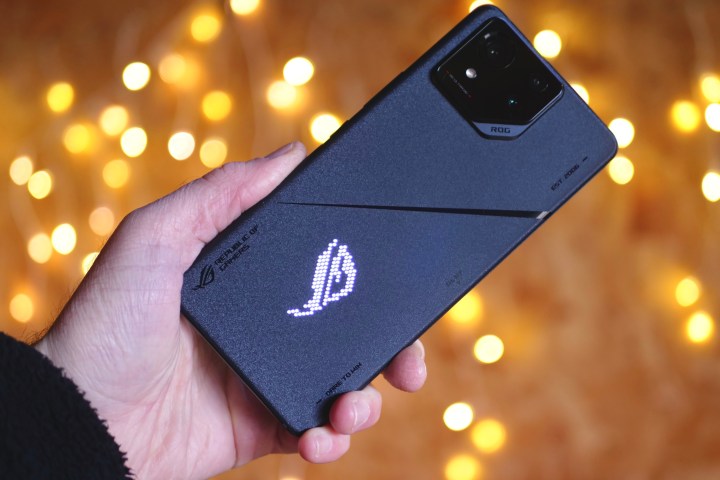

The true, dedicated gaming smartphone is dead.
No longer will we see a phone with the highest-resolution screen and fastest processor inside where the primary function is to play the most hardcore games for as long as possible, at the expense of other, more traditional phone features. It’s the arrival of the Asus ROG Phone 8 Pro at CES 2024 that has cemented the gaming smartphone’s fate, and the genre now appears to have been consigned to the history books.
The ROG Phone 8 Pro is for gaming, right?
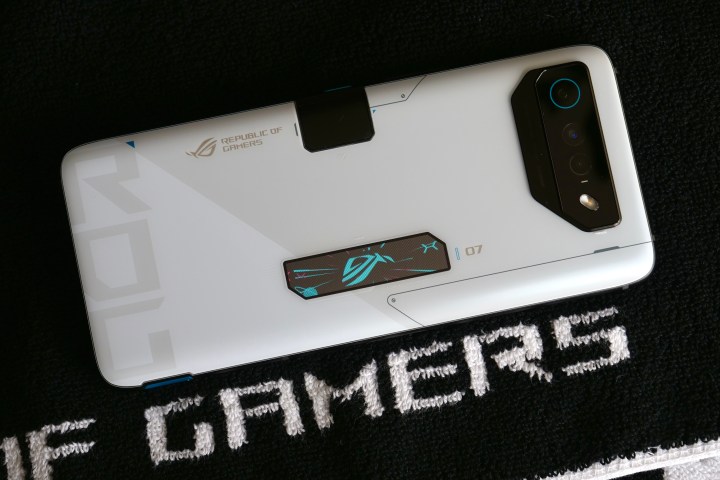
But wait, the new Asus ROG Phone 8 Pro is a gaming smartphone, isn’t it? Yes, the ROG Phone 8 Pro is a phone for gaming in that it has the latest Qualcomm Snapdragon 8 Gen 3 processor, AirTrigger buttons on its shoulders, and a side-mounted USB-C port — all of which avid gamers will appreciate. Asus works hard to get the software right, too, with its performance-enhancing X Mode, new AI tools, and its Armory Crate app to collect and modify games.
But unlike the ROG Phone 7 Ultimate, the ROG Phone 6D, or any of the previous models, it’s also a smartphone that’s primed for everyday use. It has wireless charging and an IP68 water and dust resistance rating, smaller bezels around the screen, a lighter weight, and a more sensible shape too. It may have the familiar and very cool RGB LED screen on the rear panel, but it’s entirely hidden when it’s not in use. No one would know it was there.

This is why it’s a phone for playing games and not a gaming smartphone. The madness of previous ROG Phone models has been toned down in favor of useful (and arguably, essential) features we want on the phone we use each and every day. Games are still at the top of the list of its abilities, but in the same way the camera is at the top of the list of the Samsung Galaxy S23 Ultra’s list. Both are brilliant phones to use when you’re not playing games or taking photos. Before, the ROG Phone was only brilliant when you were gaming and average at almost all other times. Now, it’s a much more even split.
Asus isn’t the first, but it’s doing it right
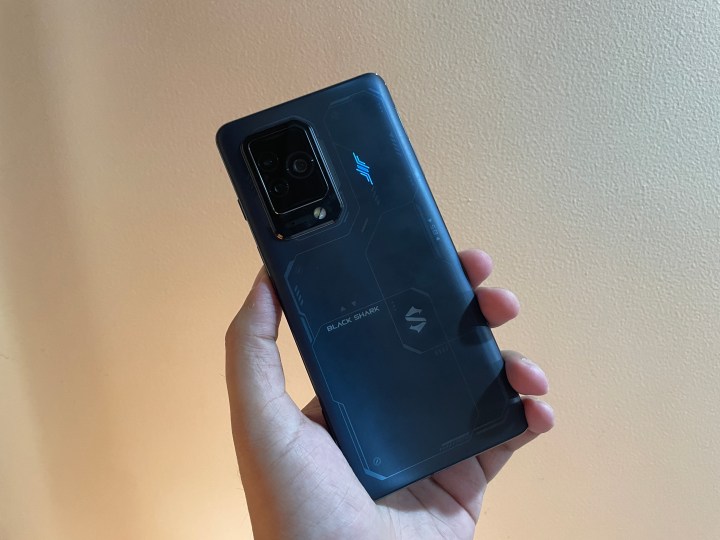
The decision to make the ROG Phone 8 Pro a more normal high-performance phone makes good business sense, but we’re more pleased to see it hasn’t abandoned the genre entirely, which is what has happened elsewhere. Asus isn’t the only company making gaming smartphones, with other brands such as Lenovo, Xiaomi, and Nubia dabbling in it, but interest from them all seems to have tailed off.
Xiaomi’s gaming arm is Black Shark, and it hasn’t released any new phones since the Black Shark 5 series in March 2022. Since then, the brand has switched to making gaming accessories and smartwatches. Lenovo has stopped making the Legion Phone series entirely. RedMagic, the gaming arm of Nubia, makes a single gaming smartphone called the RedMagic 9 Pro, but has extended its product portfolio to include monitors, keyboards, mice, and more. Admittedly, the phone is very gaming phone silly with its real cooling fan, but there isn’t a range of devices this time around, as there was with the RedMagic 8.

Other than these three, Razer is one of the only other major companies that tried to make a go of gaming smartphones, but it hasn’t revisited them since the Razer Phone 2 was released in 2018. Poco has long leaned into gaming to promote its smartphones, but outside of 2022’s F4 GT, it is more often for marketing purposes than the brand going headfirst into a hardcore device that competes with the ROG Phone series.
Is there no demand?
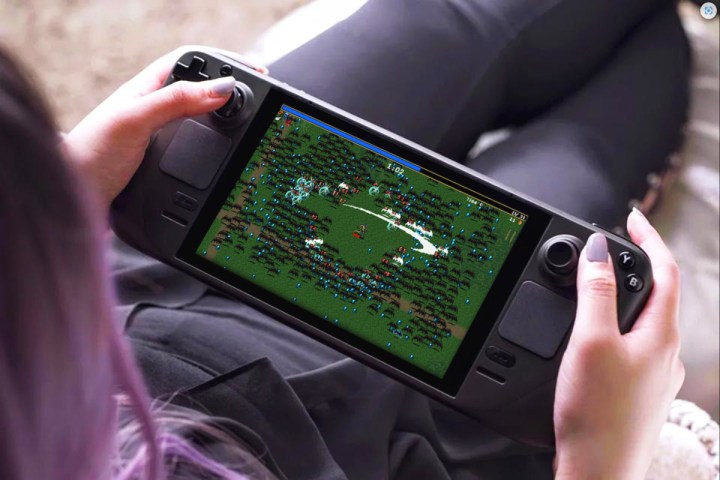
The question of why Asus has dialed back the craziness and Black Shark has disappeared into the murky waters is difficult to answer, but logically, it has to do with demand, the cost of development, and the prevalence of powerful flagship phones that will satisfy the vast majority of mobile gamers. But it could also have to do with the sudden influx of handheld gaming consoles, which provide access to non-mobile games on the move.
The Valve Steam Deck leads the charge, but it has been followed by several similar devices, including the Lenovo Legion Go, the Razer Edge, and the Asus ROG Ally — all very familiar names. Out of the three, only Asus is still actually making a smartphone where gaming is the focus, but as already stated, it is far closer to a normal flagship smartphone than ever before. Demand for mobile gaming devices doesn’t seem to have waned, but the requirements and the games the audience wants to play are dictating where brands focus their efforts.
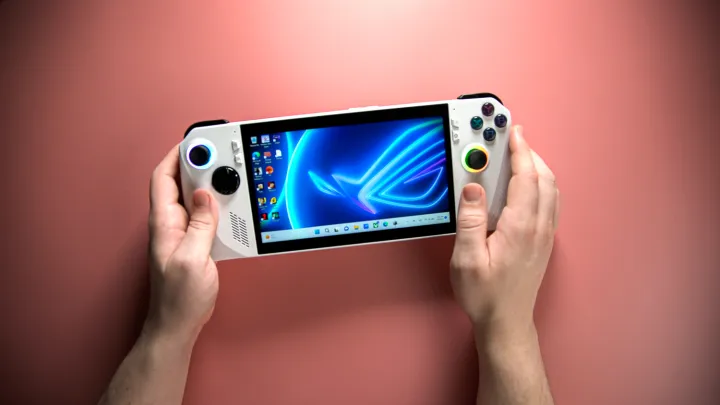
This is perhaps the main reason for the true gaming smartphone’s demise: More people are interested in spending time playing the same games they enjoy on their PC or console on the go rather than hardcore mobile games. Mobile esports is still very popular, but this may not have translated over to smartphone buyers making an effort to prioritize gaming features when they go to buy a new phone.
Goodbye, gaming phones
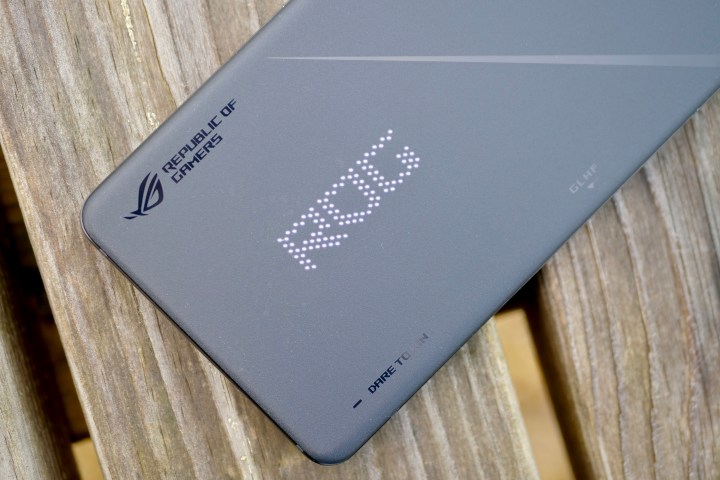
Is the gaming phone really dead? Sadly, I do believe the gaming smartphone as we knew it is dead. The craziness of the last few years is over, fewer manufacturers are making dedicated models, and the phones that are still here have evolved into something new. It’s not that we won’t see phones made with the dedicated mobile gamer in mind, but the days when that was their sole purpose have ended.
I don’t see it as a negative thing, as we’re getting more fun phones that we can use more often. Regular phones like the Nothing Phone 2 have put a spin on the eye-catching flashing lights associated with pure gaming phones. Gaming smartphones are adopting standard features like IP68 while keeping customizable buttons and high-level cooling, then toning down the design silliness, meaning more people will be willing to consider it.
Although the gaming smartphone is dead, we’ve now got a range of excellent handheld gaming consoles,a small selection of everyday phones made for mobile gamers, and some incredible mainstream flagship phones that are also brilliant for casual gaming. To get there, we’ve had to sacrifice motorized cooling vents, mad color schemes, and all kinds of other crazy gaming smartphone gimmicks — but I’d say it’s a more than acceptable trade-off.
Editors’ Recommendations






